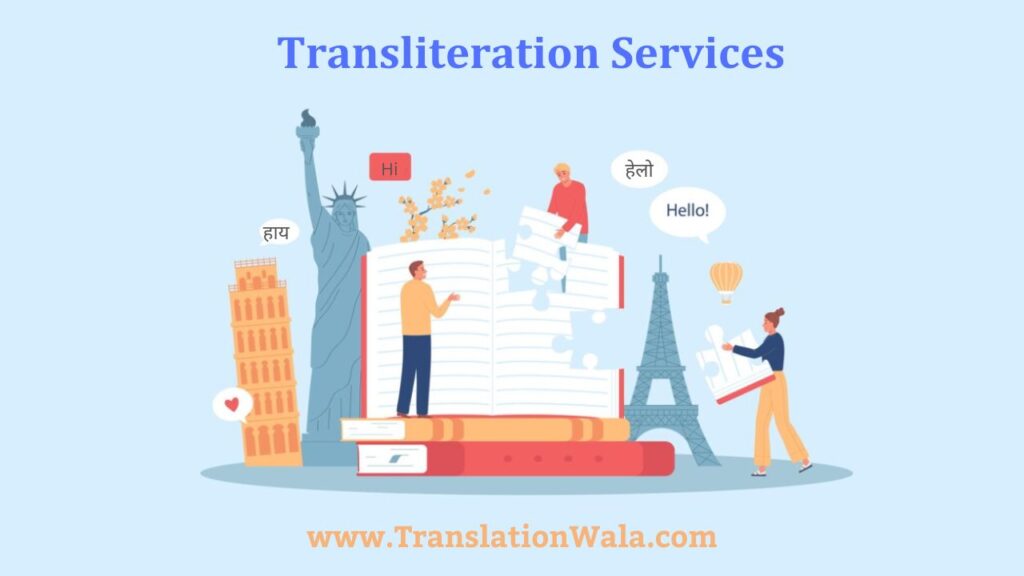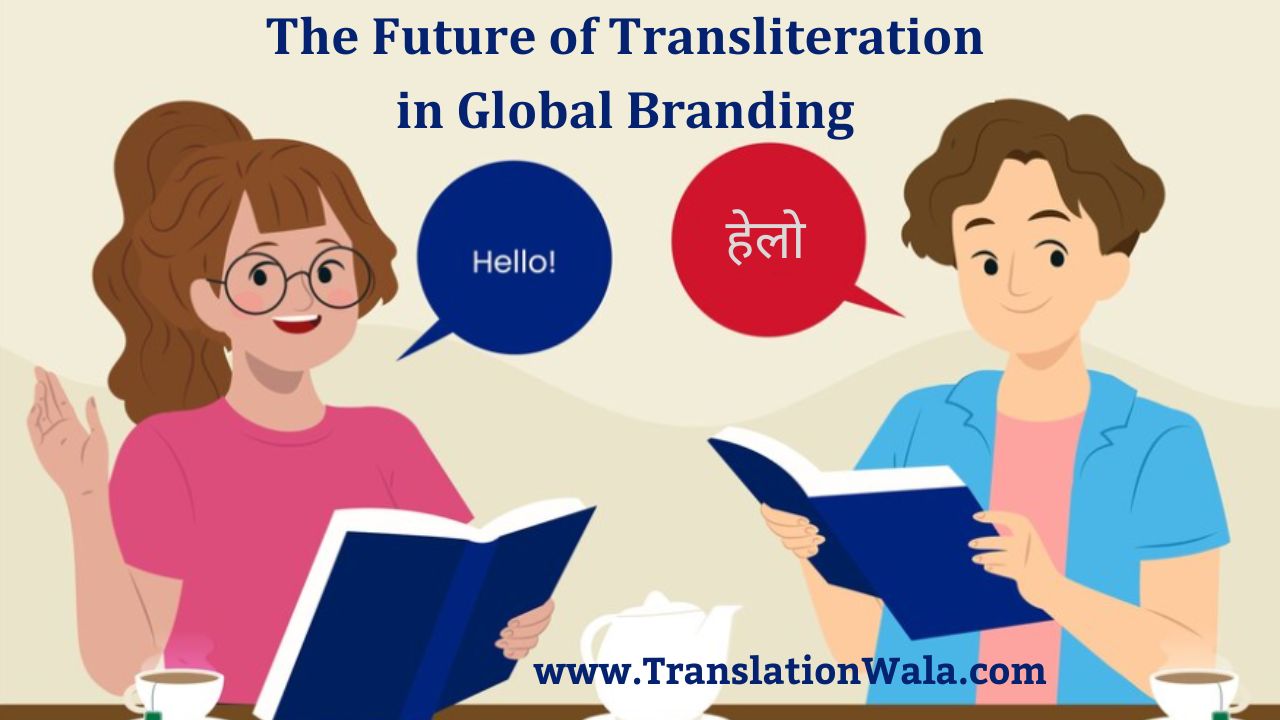There is a growing trend among marketers to look for methods to transcend the restrictions of language in a world where cultural bridges are constructed via digital bricks and mortar. Without resorting to direct translation, Transliteration has emerged as the unsung hero of global branding, rising to the occasion to meet the challenge of making names and messages reverberate across borders.
However, transliteration is not just the process of switching letters; rather, it is a complex ballet that involves sounds, cultural subtleties, and mastery of marketing. Taking the core of your brand and whispering it into the ear of a new audience in a manner that is familiar but fresh, strange yet understood is the strategy that you should use.
Consider the situation. It is not only the English letters dressed up in a new garb when you read the word “Coca-Cola” written in Hindi (कोका-कोला). All of these things are intertwined into the very fabric of those Hindi characters, including the well-known red fizz, the joyful picnics with the family, and the joyous sensation of summer evenings.
Also Read: Translate Your Business Content with Voice Over Translation
The Exciting Future of Transliteration
What will happen to this cool branding tool in the future? You better buckle up, because we’re about to go into a world where translation is more than just swapping letters:
- AI-powered precision: When it comes to transliterating words, we no longer have to rely on guesswork and risk making errors. AI is where it comes into play here. The tone, context, and cultural implications of a brand name are taken into consideration in addition to the particular letters that make up the name. It is important to consider transliterations that not only sound correct but also evoke the same associations and associations with brands as the original.
- Hyper-localization: A procedure that is universally applicable is no longer available. In the future, transliteration will need to be modified to accommodate regional languages, slang, and even the manner in which individuals from various groups express themselves verbally. In light of this, it is possible that the spelling of a brand name such as “Buzz” may be different in the bustling streets of Tokyo as opposed to the serene temples of Kyoto.
- Visual storytelling: It is no longer limited to terms that transliteration is used for. The goal is to create a visual experience that matches the new storyline in a complementary manner. Think of logos that alter form and size, colors that vary to reflect local preferences, and even unique typefaces that match the rhythm and flow of the new language. These are all examples of what people may think about.
- Interactive engagement: There will be a lot of back-and-forth conversation in the future. Imagine a translation that adapts to the user’s preferences and even modifies brand phrases on the fly to better suit the user’s needs. This might refer to a website that, in addition to the text, also includes the humor, graphics, and even product recommendations that are tailored to the language of the individual who is using the page.
- Embracing the unexpected: There will be a lot of back-and-forth conversation in the future. Imagine a translation that adapts to the user’s preferences and even modifies brand phrases on the fly to better suit the user’s needs. This might refer to a website that, in addition to the text, also includes the humor, graphics, and even product recommendations that are tailored to the language of the individual who is using the page.
Also Read: Indian Language Translation Services: Everything You Need to Know

A Word of Caution
Nevertheless, with all of this power comes a responsibility. In the event that it is not executed correctly, transliteration might result in errors related to the brand, cultural gaffes, and lost linkages. In light of this, it is of the utmost need to demonstrate sensitivity, collaborate with others, and show a great deal of respect for the languages and nations that you are visiting.
Conclusion
The process of Transliteration will advance by constructing connections rather than barriers. When it comes to your brand, you shouldn’t be shouting it into everyone’s ears. You need to utter it in a whisper instead. must have the realization that language is more than simply words; it is how we think, how we feel, and how we interact with one another.
It is for this reason that you should remind yourself of the straightforward translation the next time you are considering global branding. To win over the hearts and minds of people all over the globe, it may be necessary to find the perfect person at the appropriate moment.



